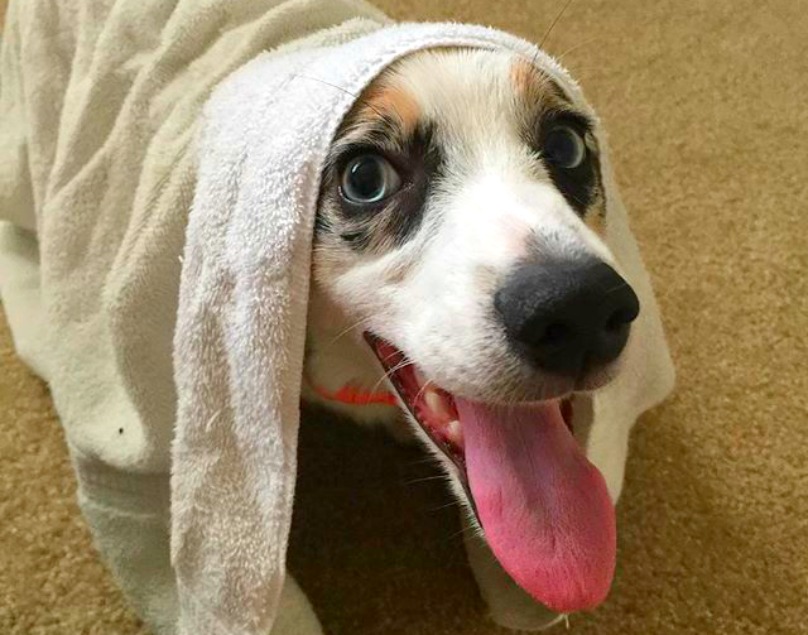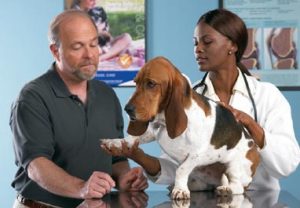Tips for a (Nearly) Dander-free Pet
 Dandruff is one of the most common skin conditions in dogs, and one of the most common allergens in humans. The white, unsightly flakes can become annoying and itchy for the pet and a real problem in the household if not properly addressed at the source.
Dandruff is one of the most common skin conditions in dogs, and one of the most common allergens in humans. The white, unsightly flakes can become annoying and itchy for the pet and a real problem in the household if not properly addressed at the source.
If you want to attack the dander problem, here are some helpful tips for getting much closer to having a dander-free pet:
Check the food. Pets can have food allergies too, and they are usually expressed in skin problems such as dandruff. Even if you are feeding quality food, you pet might be reacting to one of the ingredients. If you suspect a food allergy, talk to your vet about recommended brands of food, or possibly trying an elimination diet.
Brush your dog’s coat regularly to help distribute the skin’s natural oils and prevent dry skin.
Avoid using dry heat in your home, such as a fireplace or offset the dryness with a humidifier.
Bathe, but don’t over bathe. Home baths can be very harsh on the skin and actually cause more dandruff. A bath once or twice a month is sufficient.
 Use quality shampoo and conditioner, and lukewarm to cool water. Just like in humans, haircare products can make a huge difference in the condition of your pet’s skin. Use high quality products recommended by a vet or professional groomer when you bathe pets at home, or use the services of a reputable professional groomer. Keep the water temperature on the cooler side.
Use quality shampoo and conditioner, and lukewarm to cool water. Just like in humans, haircare products can make a huge difference in the condition of your pet’s skin. Use high quality products recommended by a vet or professional groomer when you bathe pets at home, or use the services of a reputable professional groomer. Keep the water temperature on the cooler side.
Check the plants. Dogs can have allergies to plants, too, and the San Diego area has a wonderful climate that supports a wide range of plants, trees and grasses—many of which could be potential allergens.
Add fish to your dog’s diet. The oil in fish helps keep the skin moisturized and reduces dandruff.
Get your dog professionally groomed. Regular visits from a mobile groomer can help keep that dandruff in check by using the tools and products made specifically for your dog and specific skin conditions.
Talk to the vet. It can be tricky to track down the source of skin problems, and it’s very common to need the help of your vet in these situations. A vet can run labs to help diagnose the problem, rule out health issues, and prescribe a treatment or a prevention plan once the culprit is identified.
For more tips on how to rid your pet of dandruff, check out these links:
Dog Dandruff Causes and Treatments l Pet Adviser
6 Tips for a Dandruff-Free Pet l PetMD
 Natural Cures for Dog Dandruff l The Nest
Natural Cures for Dog Dandruff l The Nest
Dandruff might seem like a small annoyance, but it can be a sign of underlying health issues. Make the changes you know to make yourself, and take your dog to the vet if the problem persists. In most cases, a few simple changes can help dramatically. If you have questions about proper grooming, or want to schedule a grooming service, give us a call today.
